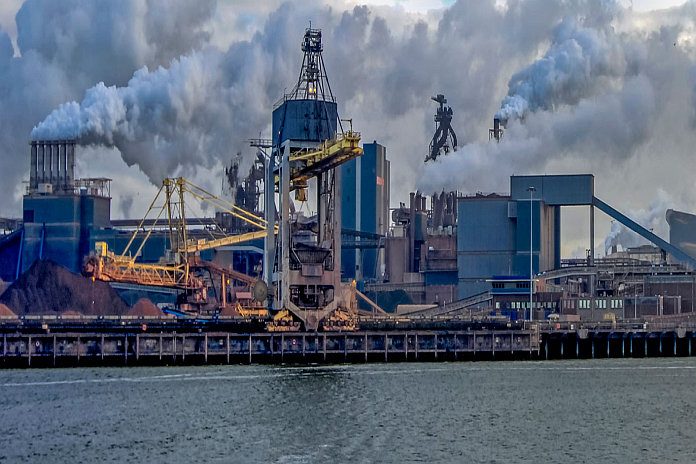By Christian Bogmans, Akito Matsumoto, and Andrea Pescatori
After good progress in the beginning of the decade, global carbon emissions have started to pick up again. This recent trend sets the world on a dangerous path: to slow the pace of climate change, carbon emissions need to be reduced.
Our chart of the week from the International Monetary Fund (IMF’s) latest World Economic Outlook shows that emissions have increased by one percent in 2017 and another two percent in 2018. China has been a key driver of emission growth since the turn of the century, but its impact has diminished in recent years as investments in renewable energy have increased and economic growth has become more rooted in the service sector rather than manufacturing. India and other emerging markets, instead, are partially filling the gap.
In 2018, emissions decreased in all Group of Seven economies besides the United States, whose emissions increased because of a resurgence of industrial production and, possibly, bad weather.
To shed light on the factors behind the recent growth in emissions, it is possible to decompose total carbon emissions growth as the sum of the growth in carbon intensity (carbon emissions per unit of energy), energy intensity (energy use per unit of GDP), GDP per capita, and population.
Declines in energy intensity and carbon intensity have consistently helped reduce the growth of carbon emissions over the past five years. But in 2018, the contribution of energy intensity to that reduction was lower, possibly because of a cyclical pickup in global industrial production. As a result, these forces could not offset the increase in carbon emissions stemming from population and, especially, global per capita income growth—which picked up in 2017 and 2018.
The good news is that the decline in carbon intensity in 2018 was larger than in previous years, as wind, solar, and natural gas continued to slowly replace coal as the energy source of choice in the power sectors of all major emitters.
Nevertheless, policymakers should continue to adopt policies aimed at curbing the appetite for coal and other polluting fossil fuels. For example, increasing the price of carbon emissions would accelerate the ongoing energy transition toward low-carbon energy sources, while subsidies for research and development would improve energy efficiency.





